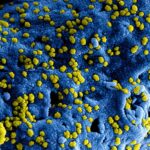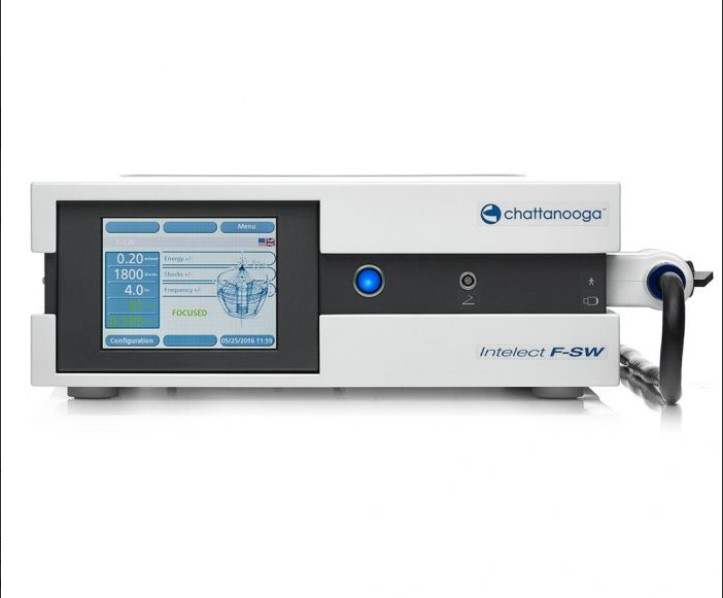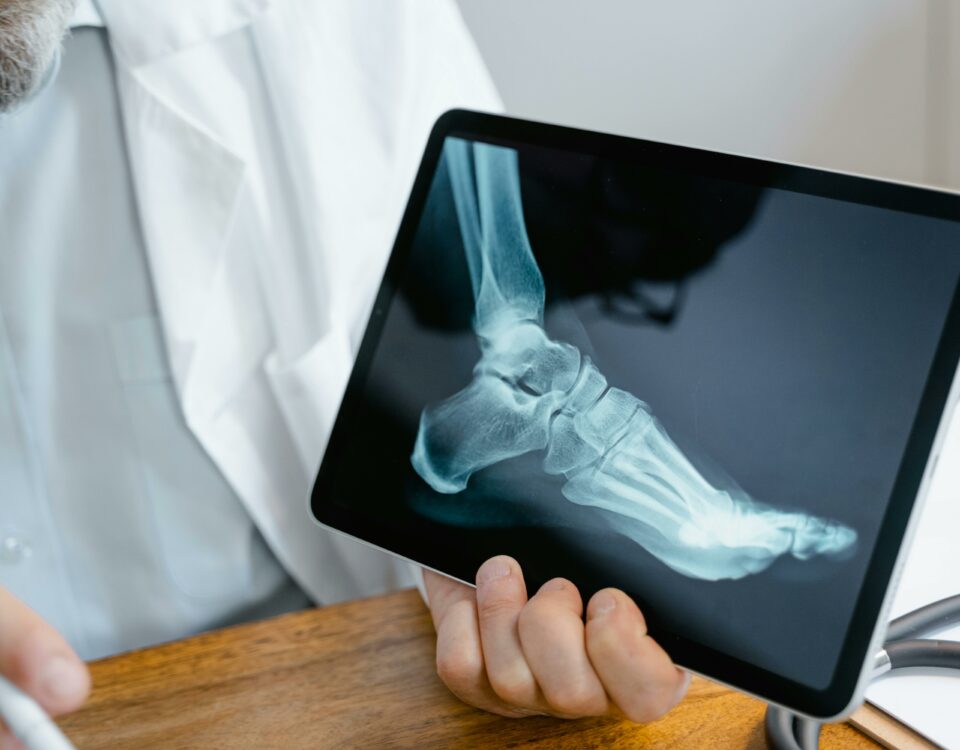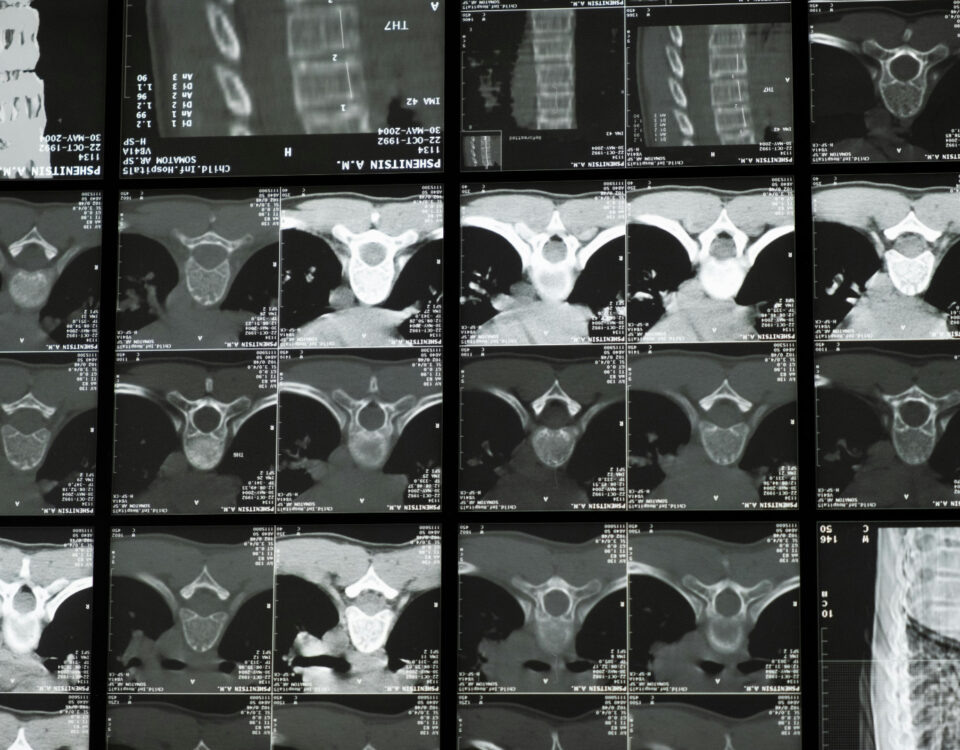
Why do I need Proprioception?
December 26, 2019
An even better Coronavirus Blog
March 11, 2020Novel Coronavirus (Covid-19) Clearing MISinformation and DISinformation
Thanks for checking out this Blog. This post was chosen by Google, but it’s from MARCH 2, 2020, and so it is well out of date. I am not going to delete it, but it was even before we had any guidance on Masks and much has changed since then. For the more recent info on the Coronavirus (Covid-19) click here to go to a more recent blog, or check the blog index.
As of July 15, 2020 the following blog is now considered out of date. The following points are updates:
- Besides the point that Dr. Dan Fauci and the Governor of Oregon said that everyone should wear masks, the CDC says that Masks are the most important weapon to help the community protect itself and its most vulnerable members.
- The Coronavirus apparently CAN become “airborne” in very small droplets, that can remain ambient in a room for some time, and may travel at least 8 feet from someone over time.
- Not all hand cleaners are great. A large number of brands originating in China and Mexico have been recalled and are toxic. Do your shopping.
- Do not try to manufacture your own hand sanitizer.
- You can now buy Isopropyl alcohol at most Drug stores but they may limit you to one bottle at a time. 90% is better than 70%. Use a small spray bottle to sanitize things fast, spray a lot; let it air dry.
- The air filters on airplanes cannot filter small enough for the Coronavirus. You must wear a mask on an airplane, and insist that all around you wear a mask. We recommend an N95 mask, although they are hard to get even now.
- “Presence of” Fever is a great indicator, but there are other indicators. “No Fever” (by itself) is not a good indicator that there is no Coronavirus. With the new Infrared Thermometers, which tend to read low, a 100 degree target temperature is set to start thinking about a “low fever.” At Blue Heron, a body temp of 99.8 sets off a “Red Alert” (lights and sound) on our scanners. Low fevers can become high fevers; fevers that persist are an even larger concern.
This blog will be updated as guidance continues to improve.
THE MATERIAL FROM THIS POINT ON IS CONSIDERED OUT OF DATE.
There is a lot of MISinformation and DISinformation about the Novel Coronavirus (Covid-19) out there. This blog is intended to condense some of the good stuff.
Other than being sneezed or coughed on directly, community infection by the Novel Coronavirus “Covid-19” is less about the air in the room and even more about the “surroundings”… getting infected by touching light switches, surfaces, doorknobs, pens and towels, and then touching your mouth or nose. The virus needs to get directly to your lungs via your mouth or nose. Your eyes, for example, won’t typically get you infected by this one, according to the virologists – unless the droplets on your fingers then touch your mouth or nose.
This particular virus is transmitted in droplets that actually need to hit you, as in someone sneezing or coughing in your face; it is not expected that these droplets do any “floating around”. The sneeze of someone in the bus row in front of you is not that likely to be a problem ( but if they are directly behind you and sneeze in your ear, I don’t know). You might still want to keep 6 feet of distance, according to the CDC. If you touch the seatback they sneezed on, you must use hand cleaner on your hands, as that seatback could be contaminated for as long as 4 days. Same for the elbow they just coughed into.
It is more likely you will infect yourself by touching a virus that is laying about, by using someone’s pen or by shaking hands with someone who has touched the virus or has the virus. You will most likely touch something that is contaminated in the surroundings, and you will then touch your mouth or nose. It does not go through your skin – but studies show that people tend to unconsciously touch their mouth and nose.
Stop shaking hands for now. I suppose we will come up with a new expression. Use your own pen.
Hand Sanitizers like Purell, hand cleaners and disinfectants with at least 60% Alcohol are very effective. However, remember, once the virus is inside your mouth or nose, it is not going to be inactivated by these – even Listerine mouthwash. Knock out the virus before you put it in your own mouth or nose.
Use disposable tissues. Throw them away after every wipe or sniffle, and then disinfect your hands.
Don’t sneeze into your elbow; the virus can live for 4 days on the cloth at that elbow, and you will touch it when you take your shirt off or put your coat on, and move it into the surroundings. Don’t “rub elbows” with people.
Turn all lightswitches on and off using the back of your knuckle…(not your elbow). This decreases the chance you will pick up the virus on your fingertips and also maybe not contaminate the light switch if it is already on your fingertips.
If you open a public door handle with your hand, sanitize or wash your hand afterwards. It’s as simple as that. If you wash, the water does not have to be hot, but you must use soap, and wash for at least 20 seconds, including between your fingers. A little heat and scrubbing is even better with that soap. Antibacterial soap is not relevant; Covid-19 is a virus, not a bacterium.
HAND SANITIZERS, ALCOHOL, CLOROX. As of the day I am writing this, you can’t currently buy 90% Isopropyl alcohol at Walgreen’s; they are out. At the moment, you can’t easily buy hand sanitizers on Amazon, or if you can, you will pay 10x the cost for a 4-oz bottle. The supply chain will recover, however, and the manufacturers will get this back onto the shelves and the prices will come back down. Clorox, by they way, will kill the virus on surfaces but it will burn your hands, destroy your clothes, and is not the strategy. Do not spray it on yourself or drink it. At the same time, spraying 70% Isopropyl alcohol on your hands – although it can dry the skin – will reportedly work to kill this virus. This information is all developing.
It’s true you can make your own sanitizer gel; be careful because there are recipes out there and a number of them are dangerously wrong. I can’t advise you on that, but while I have your attention, most “natural remedies” will probably fall far short here or be untestable. Play it safe.
If your hands become dry from washing them that much, use hand lotion, but remember to disinfect your hands after pumping public hand lotion. Ultraviolet does not work. Electric Hand dryers can not be predicted to reliably work.
FEVERS and INCUBATION. It can take up to 10-14 days for this virus to express itself once someone is infected. You are still contagious during this early period. If you are infected, you may well have a fever – but that fever may not show up until the end of the 10-14th day – so it’s not a good indicator. Just be safe around people.
MASKS. Masks are not recommended for the general public right now according to the CDC, and might actually get you into trouble if worn in public (we have heard of healthy people in masks being identified as being sick and then mistreated). You should only wear a mask if a healthcare professional recommends it, and I am not recommending it here. If you are working with or treating a person with Coronavirus, a mask is crucial; you are still to stay outside of 6 feet if you can. Masks are more useful to protect YOU from touching your own mouth or nose with germs on your hands. Most facial hair patterns will compromise the effectiveness of most masks. N95 masks may miss the point if you are not a healthcare worker; you are more likely to wear a mask if you are already sick. Before buying expensive masks, first avoid having anyone sneeze or cough in your face, stop shaking hands, use your own pen, and wash your hands a lot. And read this.
AIRPLANES. Air travel is a point of concern because there are a lot of people carrying sicknesses from all over the world in Airports, but the details about avoiding this virus are really the same here. Be alert about touching railings and guardrails and flush buttons. The air filters on the airplane are designed to filter for things like viruses. Remember, it is really not about the ambient air, more about the person next to you coughing or sneezing on you, on your chair, on your food. You might bring a mask on an airplane, I suppose, but we have heard about security escorting those people off for testing. Turn on the air blower and aim it down onto you, relax, and use your hand sanitizer.
VACCINES & TESTING. There isn’t a vaccine for this new virus yet, and it will take a minimum of 3 to 6 months to more likely a year-and-a-half for a vaccine to be available to the actual public. There are only a limited number of laboratories that can test your samples for Covid-19; it takes about a week to get these back, and it takes approval from Public Health Officials to get samples sent there – at least right now. Most individulals do not require testing unless they have come in direct contact with a confirmed case, or if they fit certain very specific exposure categories.
It’s really not that hard if we stay sensible and committed to good community health. At Blue Heron Chiropractic at 1934 NE Broadway 97232, I will update this blog from time to time to keep you in the know. Subscribe here on the site, or check back! Click like on Facebook if you have not already.
If you are healthy generally, it is statistically less likely that a Coronavirus infection will have serious consequences for you if you get infected – but it could. Each of us will probably come into contact with a Coronavirus during this Pandemic. Your cold-and-flu-like symptoms, while maybe not a problem for you, might be a big problem however for your grandmother or the baby sitting on your lap – or the next person you shake hands with. If you suspect you are ill, keep track the symptoms, and talk to one of our doctors as soon as possible. If you are coughing or sneezing, you should probably wear a mask.
Individuals who have flu-like symptoms should not go to an emergency department, urgent care or outpatient clinics. Rather, they should remain home and first call their primary care clinician. To play it safe, ask visitors to leave when they have a cold/cough/respiratory symptoms.
If you believe you are sick, give us a call and tell the service you want to have a discussion “about being sick”. We will help you determine whether it is a good idea to come in to this clinic, and we can answer your questions. If you believe you have been in contact with a confirmed case, or even if you have a suspiscion, you should contact the Multnomah County Health Department via 2-1-1 (211info.org). There is also some useful info on their site. To your health!
Here are a couple of other useful links I liked:
Useful Opinions from the US Centers for Disease Control
Cough Etiquette / Respiratory Hygeine from the CDC
FAQ to Dispel Fake and Harmful Advice
“Coronavirus can be inactivated on surfaces quite easily with common household disinfectants”




